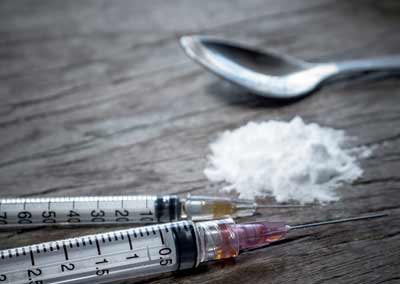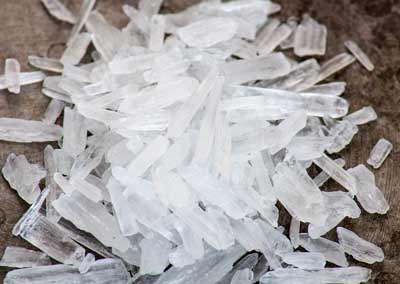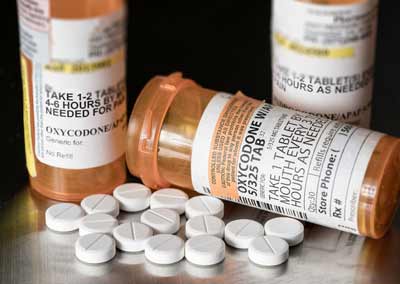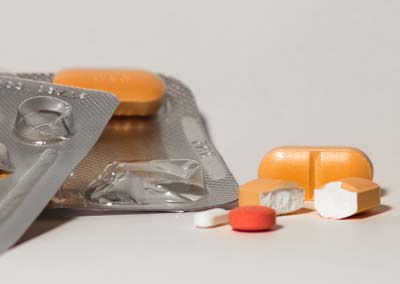
PRESCRIPTION DRUGS
Prescription drugs may be recommended by a physician for any number of conditions or symptoms. When these substances are taken as directed, they are effective and beneficial. However, when prescription drugs are taken for non-medical reasons, or taken by individuals that were not prescribed the drug, the substances can be just as dangerous as the drugs purchased on the street. In fact, prescription drugs can be even more lethal, due to the misperception that because they are prescribed by a doctor, they are safer than illicit drugs. Prescription drug addiction has reached epidemic proportions in the U.S. in a relatively short period. In 2015, around two million Americans age 12 and over had a substance abuse disorder involving prescription substances, according to the American Society of Addiction Medicine. The increase in the non-medical use of these drugs has also led to an increased problem with heroin addiction in this country, as some users switch to heroin as a substance that is easier and less expensive to obtain.Which Drugs are Abused?
Prescription drug abuse falls into three basic categories: Opioids This class of medication is designed to relieve chronic and acute pain, but the drugs are also highly addictive even when they are taken as directed. Common opioids prescribed for this purpose include Vicodin, OxyContin and Fentanyl. Opioids don’t eliminate pain; they mask it instead by altering brain chemicals that are tied to the brain’s pleasure center. Specifically, the drugs increase levels of the chemical dopamine by significant amounts, which is what creates the “high” users feel when they take the substance. Unfortunately, people can become hooked on that high quickly so that the craving for the drug becomes almost insatiable, increasing the risk of an overdose. Stimulants Stimulants boost brain function, allowing the user to remain on tasks and increase energy levels to accomplish them faster. Stimulants like Ritalin and Adderall may be prescribed to young patients diagnosed with attention deficit hyperactivity disorder (ADHD) to help them focus in school. However, the drugs are also often abused by students looking for an edge in their studies once they reach high school and college. People that take the drugs for non-medical reasons can become addicted and suffer a host of unpleasant and potentially dangerous side effects. Depressants Depressants like Valium or Xanax slow down brain function, making them a potential treatment for anxiety and panic disorders. The drugs work by interfering with the communication system in the brain, but they can also increase dopamine levels to produce euphoria or a “high.” The pleasurable sensations lead some people to take these drugs for non-medical reasons, which can be an addictive practice. If the user stops taking the drug once dependency has developed, the withdrawal symptoms may be unbearable, making cessation nearly impossible.Signs of Prescription Drug Abuse
The symptoms of a prescription drug addiction will vary depending on the type of drug that is abused. However, people that become dependent on any prescription drug may exhibit the following behaviors:- Consuming more of the drug than prescribed
- Needing more of the substance to achieve the same effects (tolerance)
- Frequent requests for prescription refills or regularly “losing” prescriptions
- Making appointments with multiple doctors for the same condition
- Stealing prescription drugs from family members or friends
- Forging or stealing prescriptions
- Turning to the Internet to fill prescriptions
Overcoming Prescription Drug Addiction
The addiction of prescription drugs is usually too severe for a person to overcome without professional help. Withdrawal from these substances often requires medically-supervised detox before a comprehensive treatment program can even begin. Once detox is complete, our team of professionals has a variety of proven modalities we can use to construct the right treatment plan for you. To learn more, contact Tree House Recovery PDX today at (503) 850-2474Understanding prescription drug addiction
In some cases, differentiating between legitimate use and abuse of prescription drugs can be difficult. The effects of prescription drugs vary widely depending on the individual and the substance being abused. Being familiar with the modes of use, street names, and signs of prescription addiction can help you determine if a loved one needs help.Prescription Drug Street Names
- Barbiturates (Amytal, Luminal, Nembutal): Barbs, Downs, Phennies, Yellows
- Benzodiazepines (Ativan, Klonapin, Valium, Xanax): Bars, Benzos, Candy, Downs, Tranks, Xanies
- Opioids: Visit our opioid page
- Stimulants (Adderall, Concerta, Ritalin, Vyvanse): Addys, Amps, Dexies, Pep, Smart, Speed, Ups
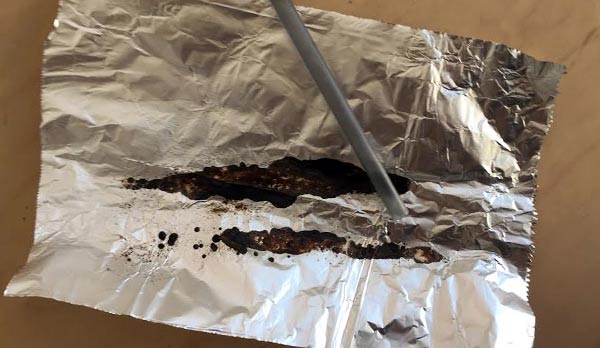
Smoking prescriptions
Prescription pills can also be smoked . This is often done using tinfoil and hollowed-out pens or straws.
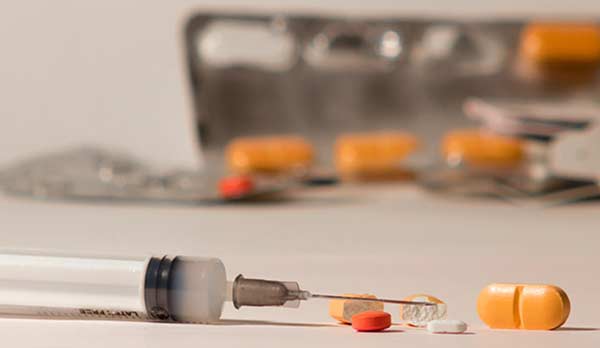
injecting prescriptions
Many prescription drugs can be used intravenously (injected). This is often done using spoons and cotton to prepare the medication.
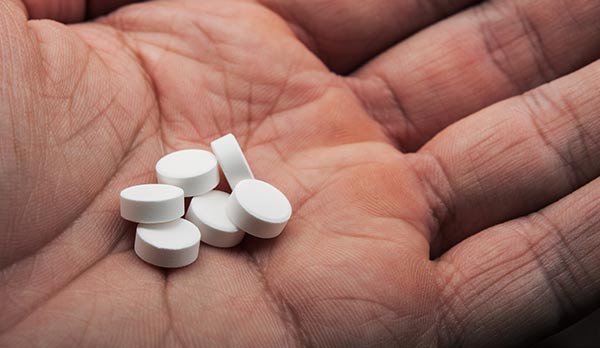
oral prescriptions use
Prescription drugs can be abused when taken orally. Signs of abuse include multiple prescriptions and empty pill bottles.
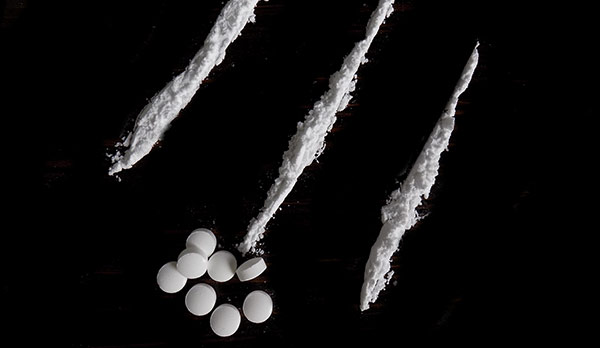
Snorting prescriptions
Insufflating (snorting) is one of the most common ways to abuse prescription drugs. This is often done using a a rolled-up bill, pen, or straw.


